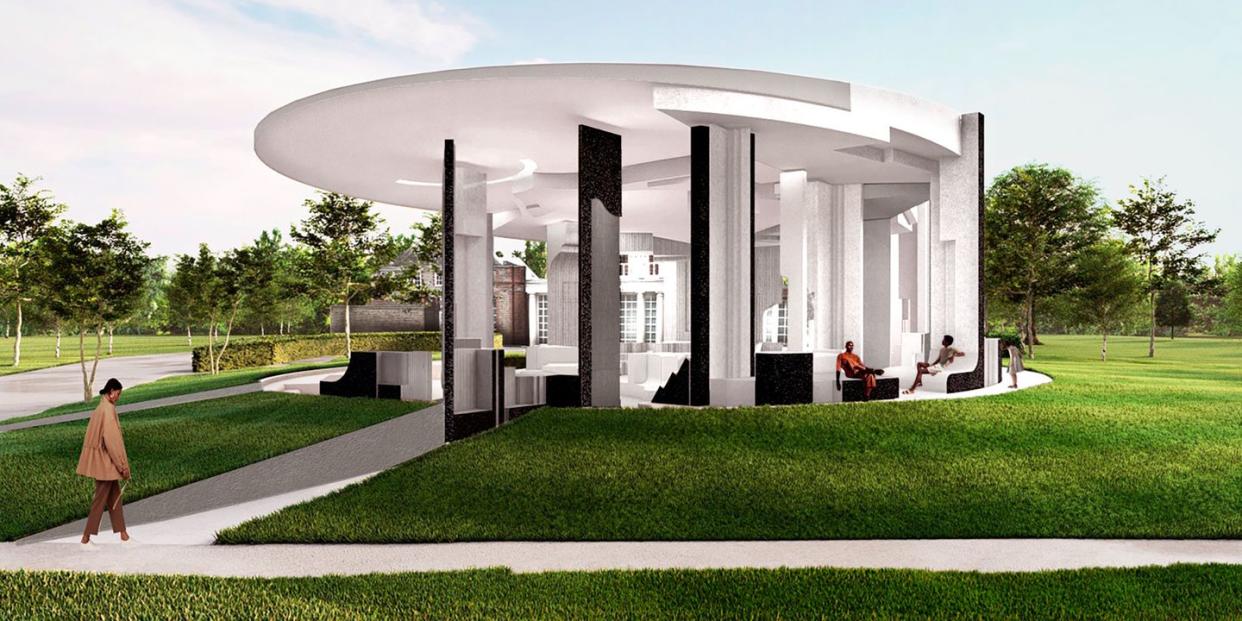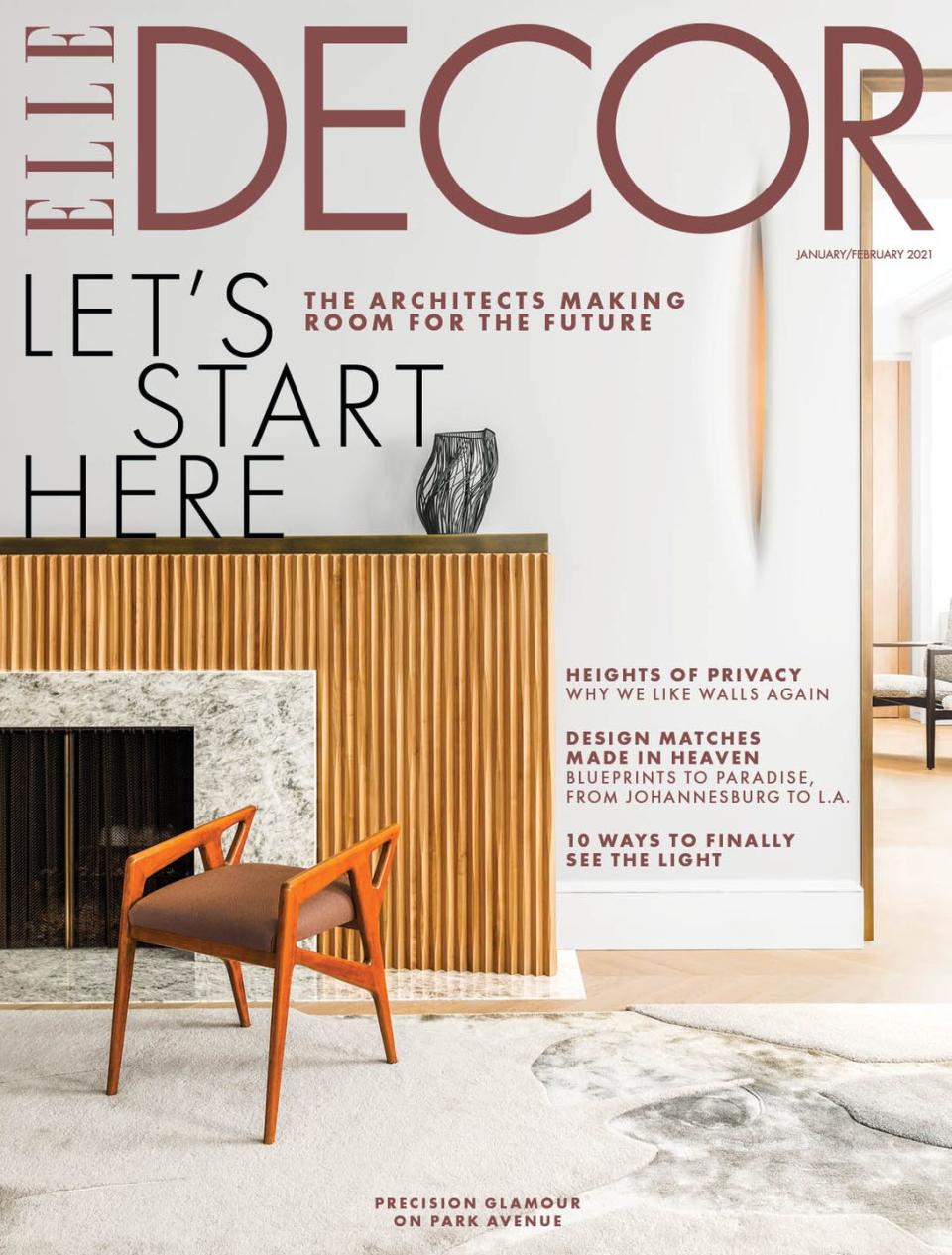Can Architecture Be a Force for Social Justice? This Architect Says Yes

Architect Sumayya Vally of Counterspace spoke with ELLE Decor about her firm’s very relevant design for the Serpentine Pavilion. Above: A rendering of Counterspace’s 2020 Serpentine Pavilion in London, which has been postponed to summer 2021.
ELLE Decor: Your research focuses on spaces like Johannesburg’s mine dumps. What draws you to parallel worlds that aren’t at the forefront of design conversations?
Sumayya Vally: I’m interested in finding form in overlooked things. In Joburg, where I live, the dumps were used to segregate the races during apartheid—non-white people lived to the south of them, in the direction that the wind blew toxic dust. I think it is something our city has inherited that we have to work through.
ED: Social issues are at the heart of both your designs and your research. How does architecture confront injustice?
SV: Architecture is complicit in segregation, othering, and displacement, and Joburg is such a profound example of this. But it can also be a force for the opposite—for bringing people together, highlighting and amplifying voices and identities through design.
ED: How does this factor into your design for the Serpentine Pavilion in London?
SV: Forms are inspired by spaces of gathering and belonging for migrant and peripheral communities. It’s my hope and intent that where these forms come together, they will foster intimacy and assemblage between people from different backgrounds.
ED: You’re the first to use almost all recycled materials in a Serpentine design. What made you take this approach?
SV: The idea of “reclaim and recycle” is implicit in the way we work in Joburg because our resources are limited. It’s almost second nature.
ED: At 30, you’re the youngest architect to have been given this prestigious commission, following in the footsteps of Jean Nouvel, Zaha Hadid, and Francis Kéré. Was that intimidating?
SV: It felt like a huge privilege and almost like walking on hallowed ground, but I believed very much in working from a place of difference, and this is what I’d hoped to bring to the commission. It was intimidating, but I really just tried to focus on what we could bring from this part of the world and what we could say about architecture.
ED: How did you feel when you found out that the 2020 Serpentine Pavilion was postponed due to the pandemic—and how has the extra year reshaped or refined your vision?
SV: The more I think about it, I really do believe this is for a reason. When the pavilion does open, the importance of gathering is going to have a lot more meaning. There are also themes of the pavilion, like representation and inclusivity, that have surfaced so much this year, in relation to the ruptures around the Black Lives Matter movement and some of the institutional awakenings that we’ve had, and that has allowed me to push aspects of the project much further.

This story originally appeared in the January/February 2021 issue of ELLE Decor. SUBSCRIBE
You Might Also Like

